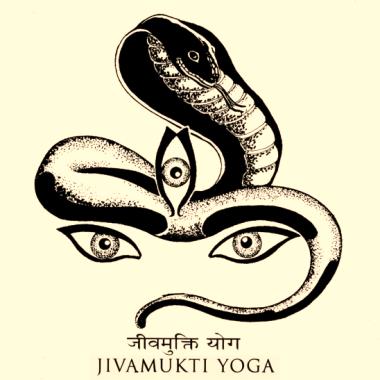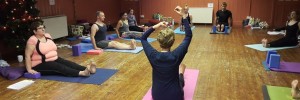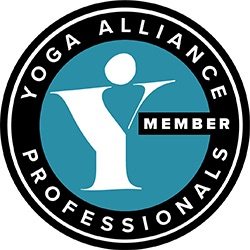Fitting yoga into your daily lives can be hard at times and I am often asked by students’ particularly students who are fairly new to yoga how to develop a personal practice at home.
For those of you who have been practicing yoga for many years maybe this will give you a few ideas to weave into your personal practice.
If you are new to yoga I would encourage you to try and practice a little every day (10- 15 minutes to begin with), a more consistent practice is better than just haphazardly ‘doing’ yoga. Over time and with regular practice you will start see the benefit physically and mentally.
Try performing the poses in order, flowing from one to the next focusing on the breath and the movements. It will take about 15 minutes. For a greater challenge and more benefits, do the routine twice or hold the poses longer.
1 Spinal Twist – to gently warm up the supine and help Increase flexibility
- Lie on your back with arms extended on floor at shoulder height, palms down.
- Bring knees to chest. (you can keep the feet on the ground if that feels better for you)
- Keeping knees together, exhale and lower legs to left side. Turn head to look over right arm. Take several deep breaths.
- Inhale, bringing legs back to centre, then exhale and repeat on opposite side
2 Cat pose –to help stretch the muscles through the back of the body and the spine and tone abs, arms and shoulders.
- Come onto all fours, with knees directly below hips and hands directly below shoulders (shoulder width apart). Your spine should be in a neutral position (not lifting the head up or dropping the lumbar spine).
- As you exhale start by tucking your tailbone under, gently drawing the abdominals up towards the spine and then bringing your chin towards your chest.
- When you are ready to inhale slowly reverse the movement bringing the spine back into a neutral alignment (don’t lift the head up and keep the head in line with the spine)
- Repeat 5 times.
3 Downward-Facing Dog – Stretches hamstrings; strengthens arms, legs, back, and shoulders
- Start in cat posture, placing hands directly under shoulders and shoulder width apart. Spread your fingers evenly so they feel rooted to the earth.
- Keeping the connection through the palms, exhale and lift your knees away from the floor, lift your hips back and up, extending through your spine towards the ceiling with your hips. At first keep the knees slightly bent and the heels lifted away from the floor.
- Ease the shoulders away from the ears allowing the shoulder blades to move onto your back.
- Inhale and then as you exhale descend the heels to floor, lengthening the heels back. (If your hamstrings are tight keep the knees soft and don’t worry about the heels reaching the floor.)
- Hold for a few breaths and then descend to the floor with you knees, back into the cat pose. Release the pose by talking the bottom back to the heels and rest in Balasana (pose of the child)
4 Tree pose – can help to strengthen the legs and improves balance.
- Stand with feet together, palms in front of chest in prayer position. Fix your gaze on a spot to help balance.
- Inhale, placing bottom of right foot on inside of left calf, right knee pointing out to side. Hold and exhale, pressing left foot into floor.
- Hold for 3 to 5 breaths. Repeat on opposite side.
- You can make this pose easier by using a wall for support and keeping the toes of the rotated leg on the floor to help with your balance.
5 Child pose
- Come into child pose, adapting the pose to suit your body
6 Closing your practice
Depending on how much time you have you could sit quietly for a few movements focusing on the breath or take a few minutes in relaxation.
Always allow yourself some time at the end of your practice with a few minutes relaxation
Practice guidelines
These instructions are just a general guide for you to use be guided by your body and what feels best for you. Experiment and explore different positions and alignment to make the posture work for your body. You can then make your yoga practice as challenging and vigorous as you want.
There are three ways to increase the intensity of your practice:
- Hold postures for longer and longer periods of time.
- Slowly build your practice up to more advanced and challenging postures.
- Move quickly (but smoothly) between postures to create a dynamic practice.
If you have any medical condition, you should check with your Doctor before starting a yoga practice. If you are unsure about performing a posture you should consult an experienced teacher.
If you have any suggestions or photos for the focus of the month, please email them to me at sharon@sharonprice.com.
Sharon Price, March 2016







Leave a Reply